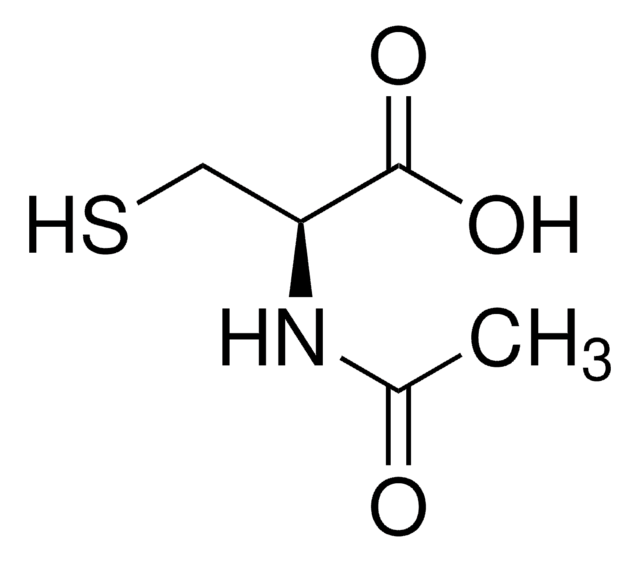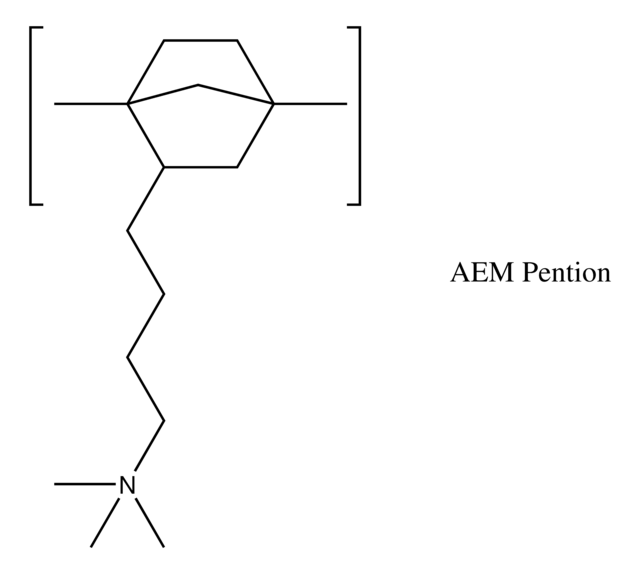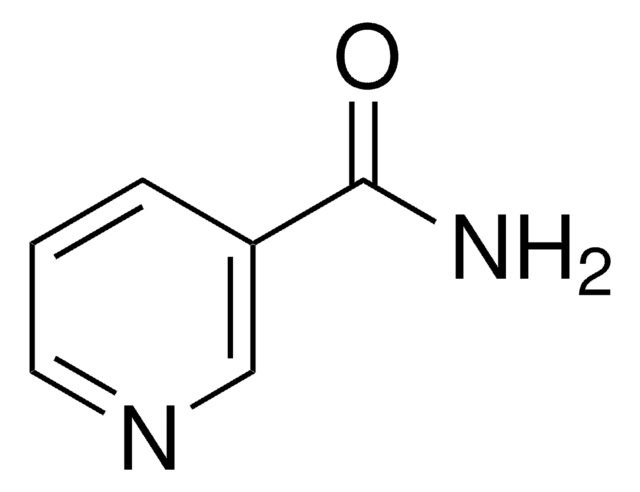524619
PIP3 Antagonist II, DM-PIT-1
The PIP3 Antagonist II, DM-PIT-1, also referenced under CAS 701947-53-7, controls the biological activity of PIP3.
Synonym(s):
PIP3 Antagonist II, DM-PIT-1, N-(((2-Hydroxy-5-nitrophenyl)amino)thioxomethyl)-3,5-dimethyl-benzamide, N-((2-Hydroxy-5-nitrophenyl)carbamothioyl)-3,5-dimethylbenzamide, Akt Inhibitor XXII, PDK1 Inhibitor VI
About This Item
Recommended Products
Quality Level
assay
≥98% (HPLC)
form
powder
manufacturer/tradename
Calbiochem®
storage condition
OK to freeze
protect from light
color
off-white
solubility
DMSO: 25 mg/mL
shipped in
ambient
storage temp.
2-8°C
SMILES string
OC(C=CC([N+]([O-])=O)=C1)=C1NC(NC(C2=CC(C)=CC(C)=C2)=O)=S
General description
Packaging
Warning
Reconstitution
Other Notes
Skidan, I., et al. 2009. Drug Deliv.16, 45.
Legal Information
wgk_germany
WGK 3
flash_point_f
Not applicable
flash_point_c
Not applicable
Certificates of Analysis (COA)
Search for Certificates of Analysis (COA) by entering the products Lot/Batch Number. Lot and Batch Numbers can be found on a product’s label following the words ‘Lot’ or ‘Batch’.
Already Own This Product?
Find documentation for the products that you have recently purchased in the Document Library.
Our team of scientists has experience in all areas of research including Life Science, Material Science, Chemical Synthesis, Chromatography, Analytical and many others.
Contact Technical Service





